Batteries are regarded as the core of electric vehicle (EV) technology. Unlike conventional car technology, EVs completely rely on batteries to deliver power (Hannan et al., 2021). In line with this, lithium-ion battery (LIB) technology is leading to a completely new and distinctive energy storage and application paradigm. LIBs have distinguished themselves as an essential option for energy operations, storage, and modifications, both now and in the future. The volumetric energy and higher gravimetric densities of LIBs, compared to other electrochemical energy storage technologies, are widely utilised as power supplies for portable electronic devices. We also use them as power supplies for EVs and hybrid electric vehicles (HEVs), making life simpler for humans. Researchers have extensively investigated silicon anode technology as a high-performance alternative to replace existing graphite anodes.
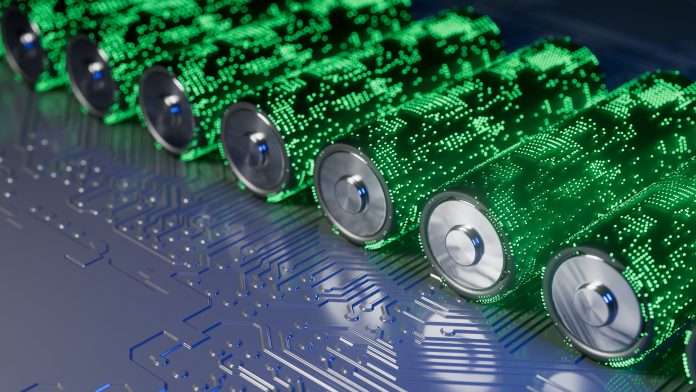
Source: iStock
Lithium-Silicon Batteries
The existing system of LIBs is far behind what is actually needed. We must produce and improve growing electrodes to meet the rapidly rising need for energy storage devices with high energy density. This is relevant to the resurgence of electric cars.
The quality of these electrodes has an outstanding effect on the efficiency and performance of a LIB. This implies that any innovation leading to an enhancement in the capacity of the electrodes would generally improve the overall quality and efficiency of the battery. This is both in its energy density, cyclability, and lifespan. This may ultimately lead to the full deployment of LIBs in electric-powered automobiles (EVs and HEVs). The popularity of other energy storage applications, (both large-scale and small-scale) has grown (Nzereogu et al., 2022).
Specifically, the nature and properties of the anode material are cardinal to the overall battery performance. The capacity and performance of the battery not only depends largely on the intrinsic characteristics of the anode material, but also on its morphology. Many high-performance anode materials have been explored as novel materials for the next generation of LIBs. Among them are alloy materials, conversion-type transition metal compounds, carbon-based compounds, and silicon-based compounds.
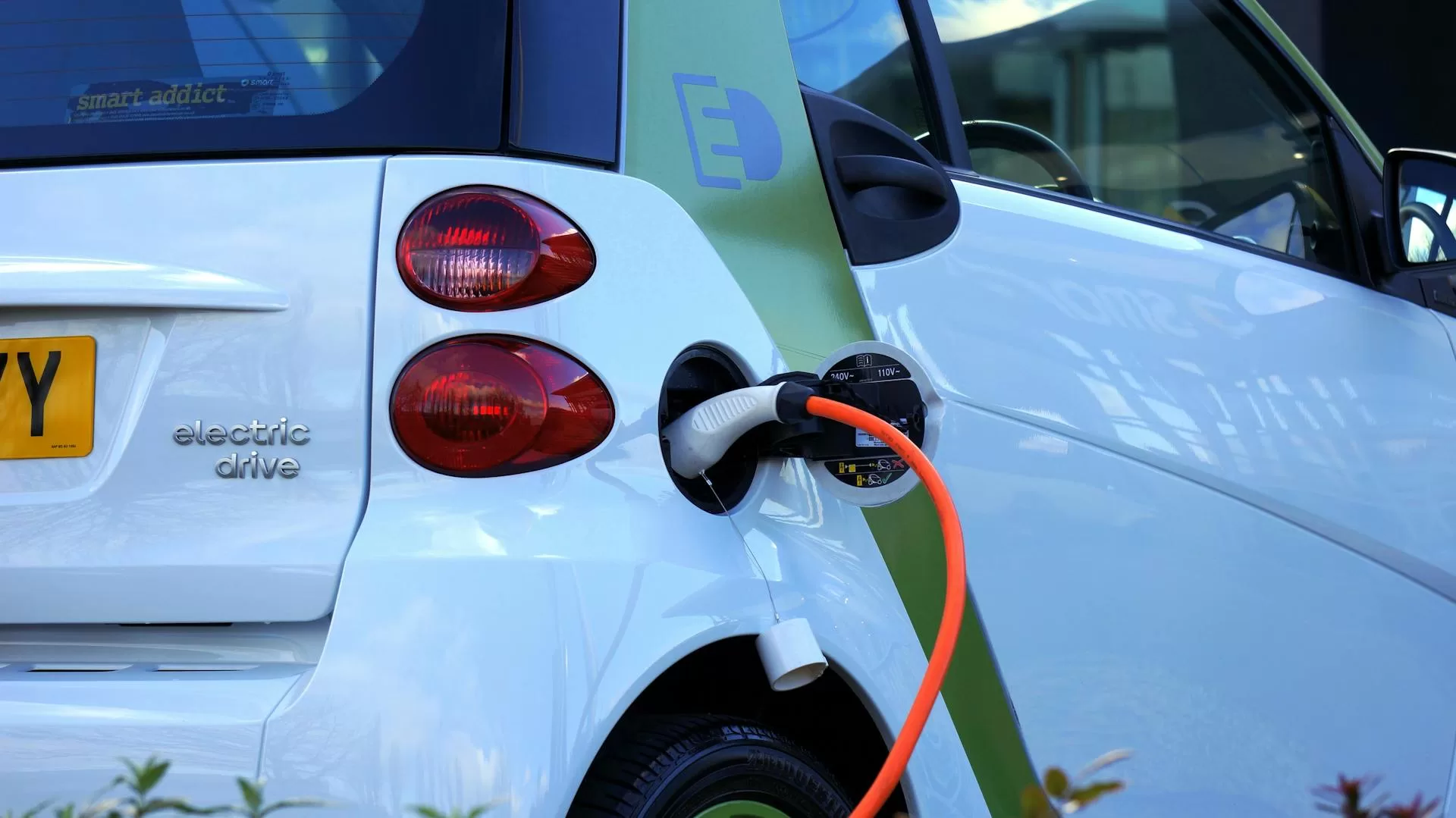
What are Silicon Anode Batteries?
Silicon anode batteries are a type of lithium-ion battery that uses a silicon-based anode and lithium ions as charge carriers. Any typical lithium-ion battery today consists of a positive electrode (cathode) made up of a lithium-containing compound, a negative electrode (anode), and an electrolyte—the layer in between the electrodes through which ions flow.
Humans used lithium as the anode material in early Li-Ion batteries. Following a series of widely reported overheating and explosion accidents, this was replaced with graphite. For a long time, most commercially accessible anodes in lithium-ion batteries have been made of carbon/graphite because of their distinctive hierarchical structure (Osiak et al., 2014). However, as battery use increases, graphite-based electrodes are due for an upgrade.
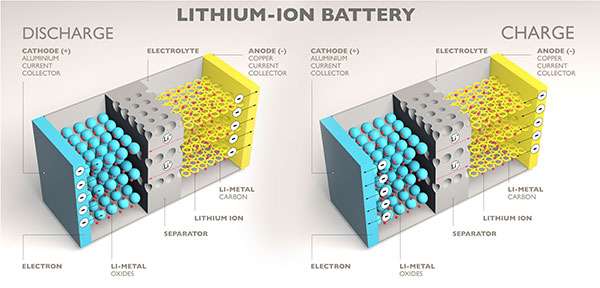
Source: University Wafer
Replacement of Graphite with Silicon
Lithium-ion batteries offer higher energy densities, higher operating voltages, limited self-discharge, and lower maintenance needs. However, they suffer a significant drawback: the current commercial graphite anode fails to meet the growing demands for energy density. There are inconsistencies in operational reliability and system integration, posed by extended-use portable electronic devices, long-range electric vehicles, and expanding energy storage applications. As a result, researchers have extensively investigated silicon anode technology as a high-performance alternative to replace these graphite anodes.
Source: YouTube
How can we benefit from the development of Silicon Anode Batteries?
There are many reasons for which silicon is the preferred technological option.
- Silicon is less expensive, non-toxic, environmentally friendly, and an abundant earth element.
- Silicon has the highest volumetric capacity (9786 mAh cm-3), and the highest gravimetric capacity (4200 mAh g-1). Contrary to carbon, silicon has some intrinsic properties. These include a lattice structure that may expand by up to 400% with complete lithiation (charging).
- On average, at 0.4 V, a suitable voltage is discharged by Silicon. This holds a stable balance between avoiding the plating process of adverse lithium and retaining reasonable, open circuit voltage.
Shortcomings
Despite its benefits, silicon anode technology has a serious drawback. Its particles enlarge and break apart as a result of repeated charging and discharging. As a result, a thick solid-electrolyte interface (SEI) develops between the electrolyte and the anode. This prevents lithium ions from moving freely between the electrodes.
To improve the performance of silicon anodes in LIBs, researchers at the Japan Advanced Institute of Science and Technology (JAIST) have developed a binder for silicon particles to enhance their stability and uphold a thin SEI layer in LIB silicon anodes. In contrast to a dense SEI layer, a thin one is advantageous because it inhibits the anode and electrolyte from reacting spontaneously.
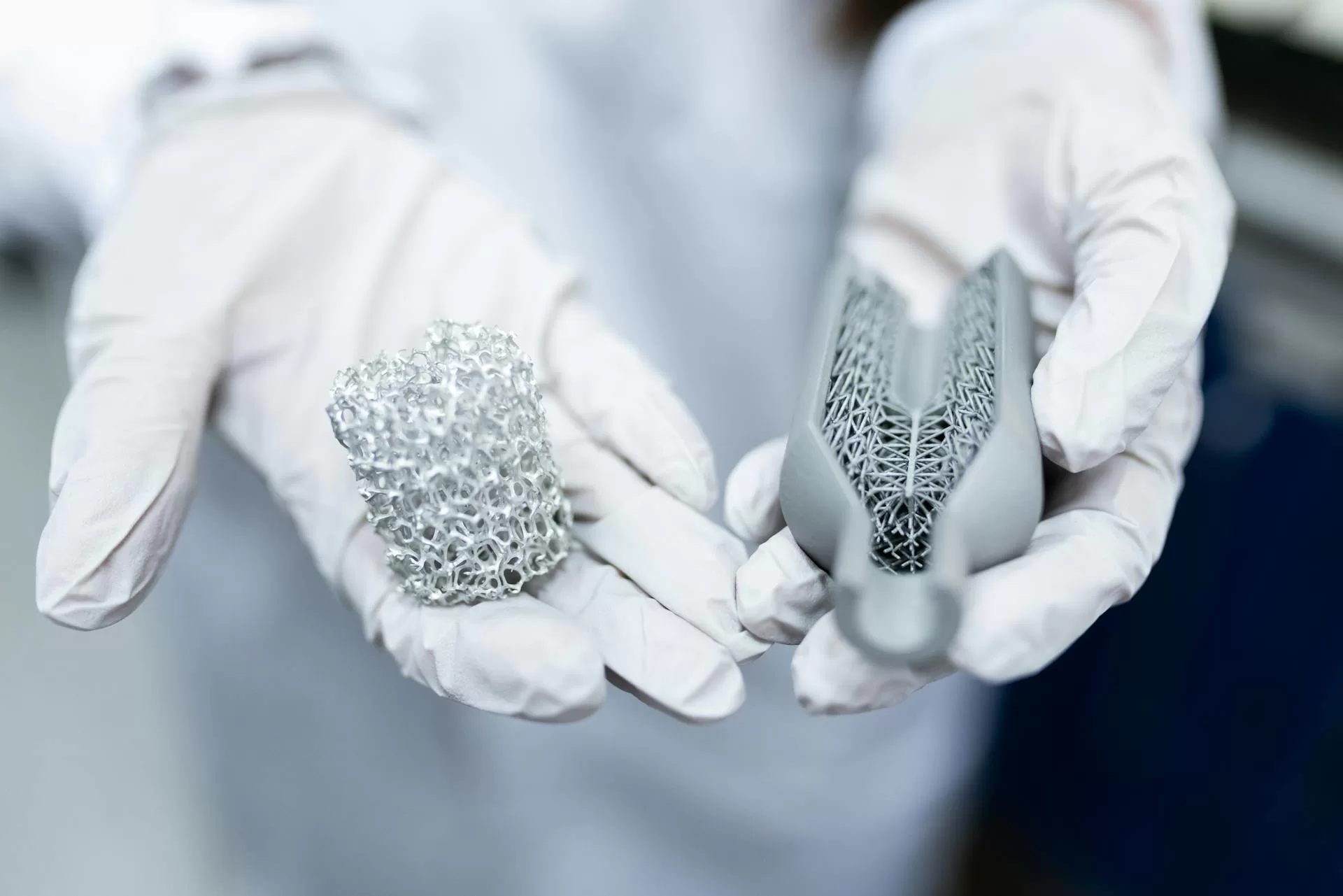
Source: Pexels
moving forward
Conclusively, While many believe silicon has great possibilities, further research is needed to determine the practical capabilities of this material. In light of rising EV and renewable energy demand (as well as a surge in battery research), one thing is sure: batteries are essential to the green transition and climate change mitigation.
achieving the United Nations Sustainable Development Goals (SDGs) and how they link to the development of silicon anode technology
Battery technology is key to achieving the energy transition and expanding energy access, in line with the UN Sustainable Development Goals (SDGs). Sustainable development requires sustainable, secure, and clean transportation available to all, and EVs fulfil all these features. Electric vehicles have recently been linked to renewable energy and batteries, all of which have improved environmental implications and can help achieve the relevant SDGs.
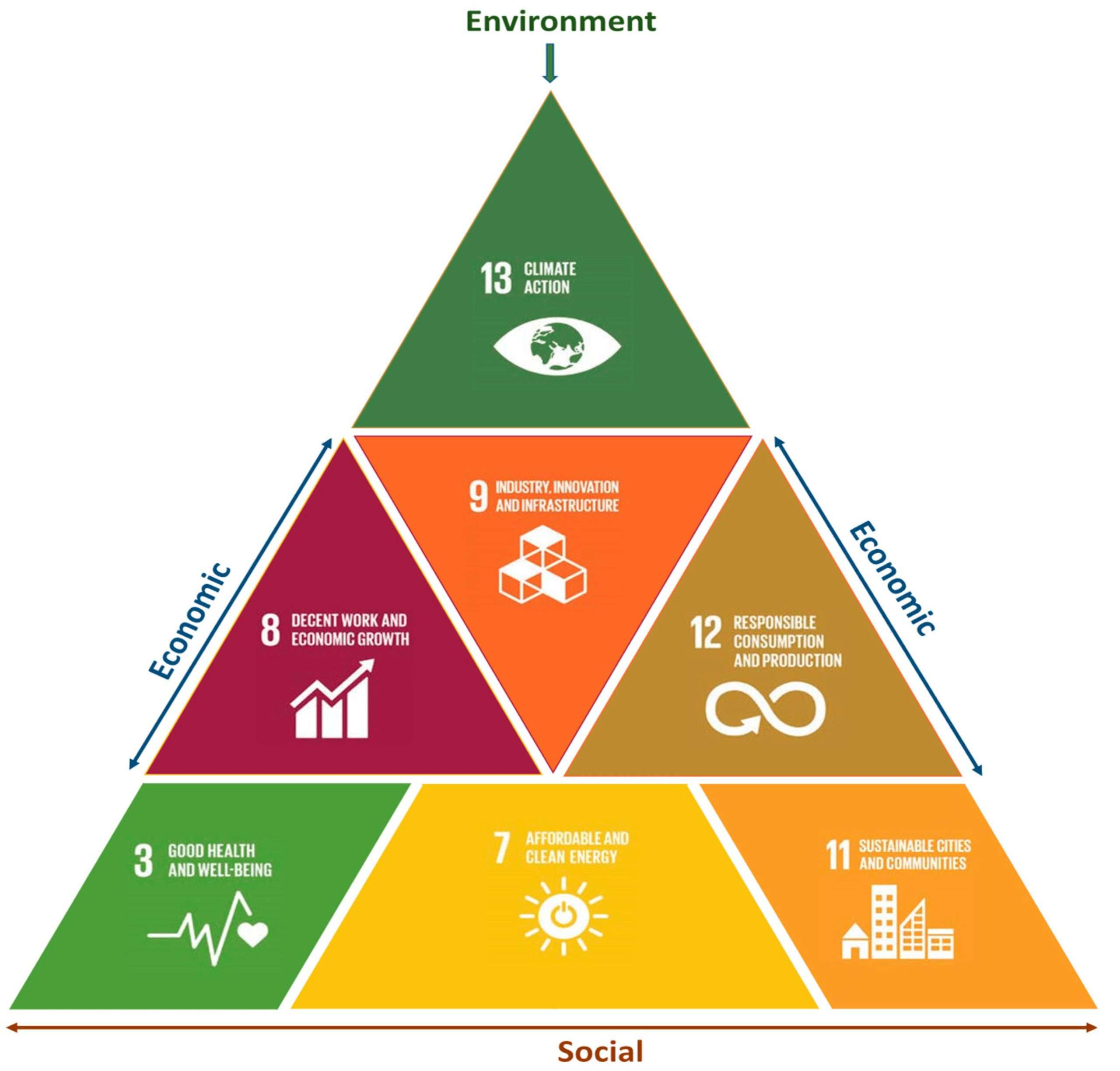
Source: Lipu et al., 2022
A Thrivable Framework
At THRIVE we believe that there is no truly sustainable energy system in an unsustainable world. While renewable energy sources such as solar and wind power are increasingly replacing fossil fuels, batteries have emerged as a viable storage option for portable electronics, automobiles, and power grids. Vehicle battery and energy storage can significantly contribute to reducing greenhouse gases and hasten the green transition. The transition to carbon neutrality and renewability is well underway—and batteries have a significant role to play. Renewable energy should be at the centre of global efforts, particularly with regard to more practical applications.
At its core, sustainability simply means the ability to continue and to survive. ‘Thrivability‘, by contrast, is the next step, beyond sustainability. THRIVE believes that humanity can do better with the knowledge currently available to us. We want to instil the idea that sustainable solutions will not only prevent climate disasters but offer the potential for societies to flourish.
THRIVE Framework constantly seeks to find solutions aimed at environmental, social, and economic sustainability through various informative activities such as webinars, blogs, and our podcast series. THRIVE invests in a wide range of initiatives addressing important global concerns such as energy, human rights, gender equality, science, innovation, sustainability, and global events. Sign up for our newsletter for regular updates on issues that concern us all.























